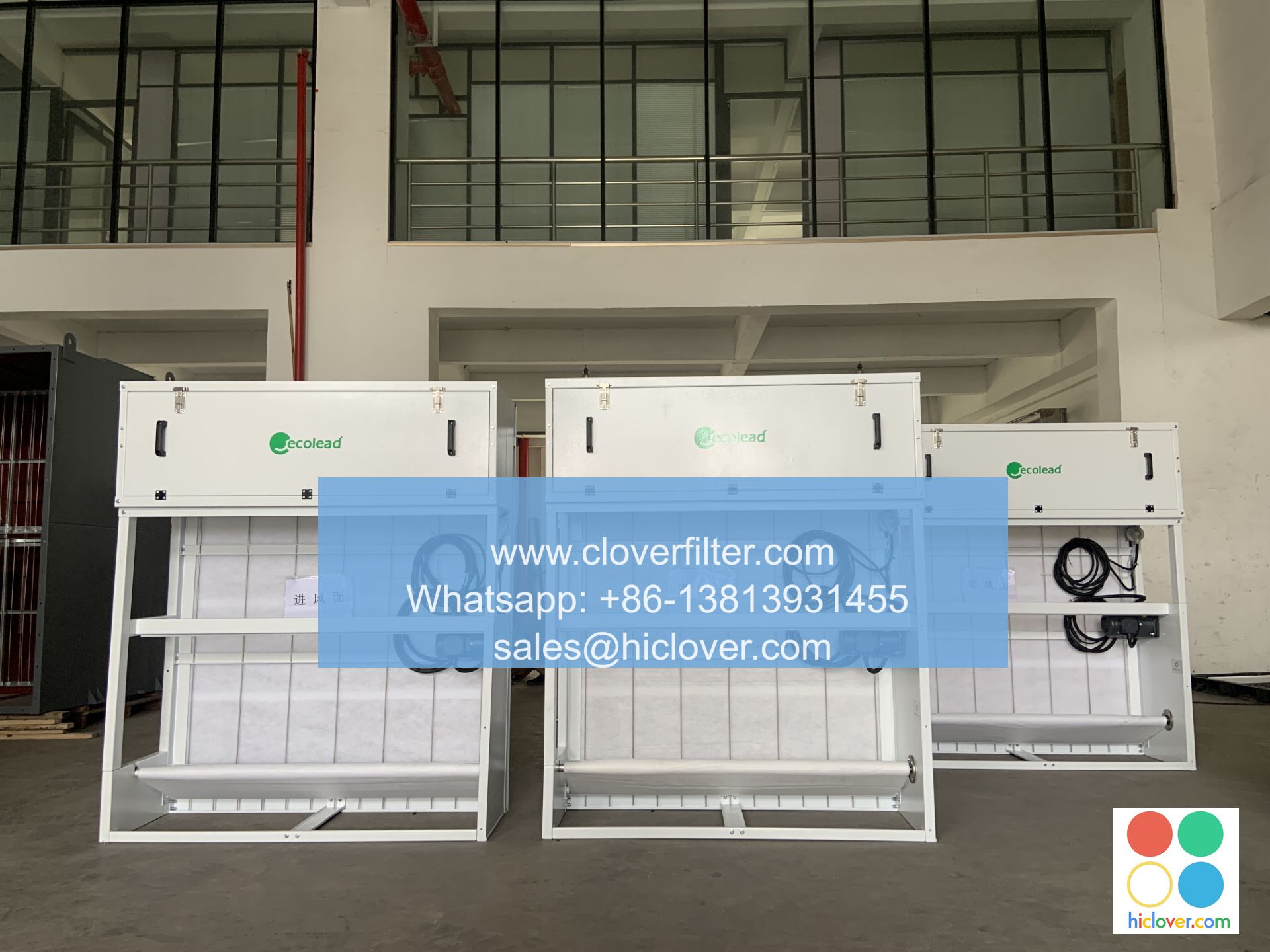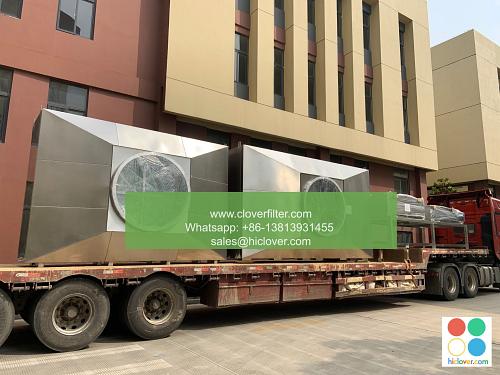The Importance of Air Filtration in Material Research Labs: A Kingston Perspective

Air filtration is a critical component in material research labs, particularly in facilities like those found in Kingston, where cutting-edge research and development are underway. The presence of airborne contaminants can compromise the accuracy and reliability of research findings, making it essential to implement effective air filtration systems. In this article, we will delve into the significance of air filtration in material research labs, highlighting various application areas and the benefits of Cleanroom technology, Nanofiltration, and HEPA filtration systems.
Introduction to Material Research Labs
Material research labs, such as those at Kingston, are dedicated to the study and development of advanced materials and technologies. These labs often involve the use of sensitive equipment, such as Scanning Electron Microscopes (SEMs) and Transmission Electron Microscopes (TEMs), which require a controlled environment to function accurately. The presence of airborne contaminants, such as dust, pollen, and other particles, can compromise the performance of these instruments and affect the quality of research.
The Importance of Air Filtration
Effective air filtration is crucial in material research labs to prevent contamination and ensure the accuracy of research findings. Airborne contaminants can be introduced through various sources, including human activity, equipment, and the surrounding environment. Air purification systems, such as those using HEPA filters and activated carbon, can remove up to 99.97% of particles as small as 0.3 microns, providing a clean and controlled environment for research.
Application Areas for Air Filtration
Air filtration systems have various application areas in material research labs, including:
* Nanotechnology research: Air filtration is critical in nanotechnology research, where the presence of airborne contaminants can affect the properties and behavior of nanoparticles.
* Materials synthesis: Air filtration is essential in materials synthesis, where the introduction of contaminants can alter the chemical composition and structure of materials.
* Characterization and analysis: Air filtration is necessary in characterization and analysis techniques, such as SEM and TEM, where the presence of contaminants can compromise the accuracy of results.
Benefits of Cleanroom Technology
Cleanroom technology is a critical component of air filtration systems in material research labs. Cleanrooms provide a controlled environment with low levels of airborne contaminants, making them ideal for sensitive research applications. The benefits of cleanroom technology include:
* Improved research accuracy: Cleanrooms minimize the introduction of contaminants, ensuring the accuracy and reliability of research findings.
* Increased equipment lifespan: Cleanrooms reduce the risk of equipment damage and extend the lifespan of sensitive instruments.
* Enhanced researcher safety: Cleanrooms provide a safe working environment for researchers, minimizing the risk of exposure to hazardous materials.
Conclusion
In conclusion, air filtration is a critical component in material research labs, particularly in facilities like those found in Kingston. The presence of airborne contaminants can compromise the accuracy and reliability of research findings, making it essential to implement effective air filtration systems. By highlighting various application areas, including nanofiltration and HEPA filtration systems, and emphasizing the benefits of Cleanroom technology, we can ensure the quality and accuracy of research in material research labs. As research and development continue to advance, the importance of air filtration will only continue to grow, making it essential to prioritize the implementation of effective air filtration systems in material research labs.

